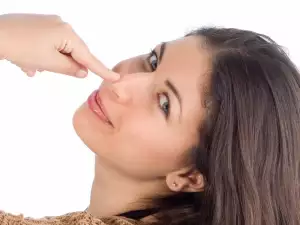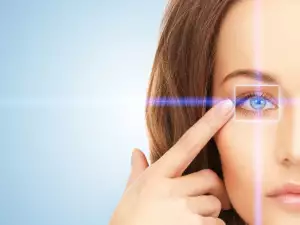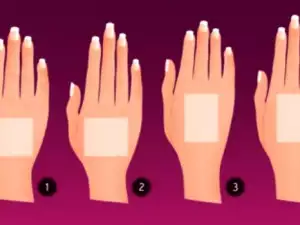Before physiognomy existed in its current form, the ancient Greeks and Chinese believed that the features of the human face revealed a person's character and their fate.
As such, the Chinese believed for example, that thick and meaty ears were a sign of wealth, long hair - good health, while a hooked nose was an indicator of a persistent and capricious character.
The ancient Greeks paid close attention to the notch between the nose and the upper lip. According to them, if it is long and deep, the person is wise and generous.

It was also believed that if the upper lip was larger than the lower lip, they would have a harsh fate.
Soothsayers from way back divided the human face into 3 sections.
The upper section, which includes the forehead, speaks of the mental capabilities of the person.
The middle, which includes the eyebrows and nose, shows emotionality.
And the lower, containing the lips and chin, is a sign of the will of the person.
Whenever one of the three facial sections is larger than the others, this reveals a predominance of certain traits in the character of the person.
In 1533, Bartholomew Kokle released the book "Physiognomy", which claimed that people with a nose facing upwards were scoundrel liars.

There erupted a great scandal, because according to this theory, all snub-nosed people were scammers.
As its own independent science, physiognomy became established in 1930, born out of the theory of the California judge Edward Jones, who claimed that he could read people's faces.
He believed that every detail in the human face held its own message, and in order to find out the complete temperament of a given person, each and every part must be combined into one grand whole.
Forehead - mental abilities;
Eyebrows - sociability;
Upper eyelid - relations with members of the opposite sex;
Angle of the layout of the eyes - worldview;
Size of the pupil - degree of trust of others;
Ears - attitude toward others;
Size of the nose - attitude toward work;
Width of the face - strength of will;
Tip of the nose - reliability;
Width of the lower jaw - inner fortitude, endurance;
Corners of the mouth - optimism;
Lower lip - generosity;
Chin - persistence;












